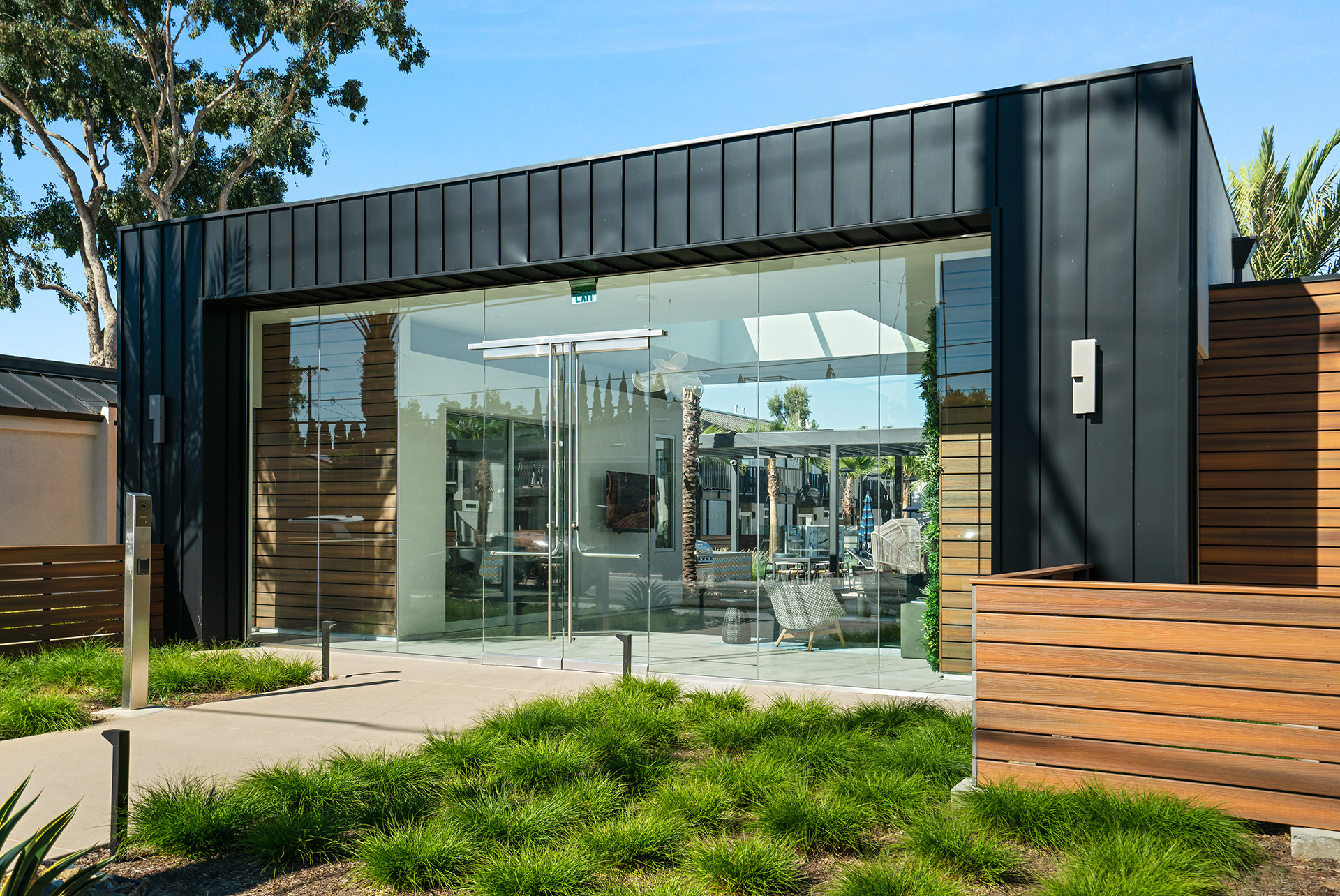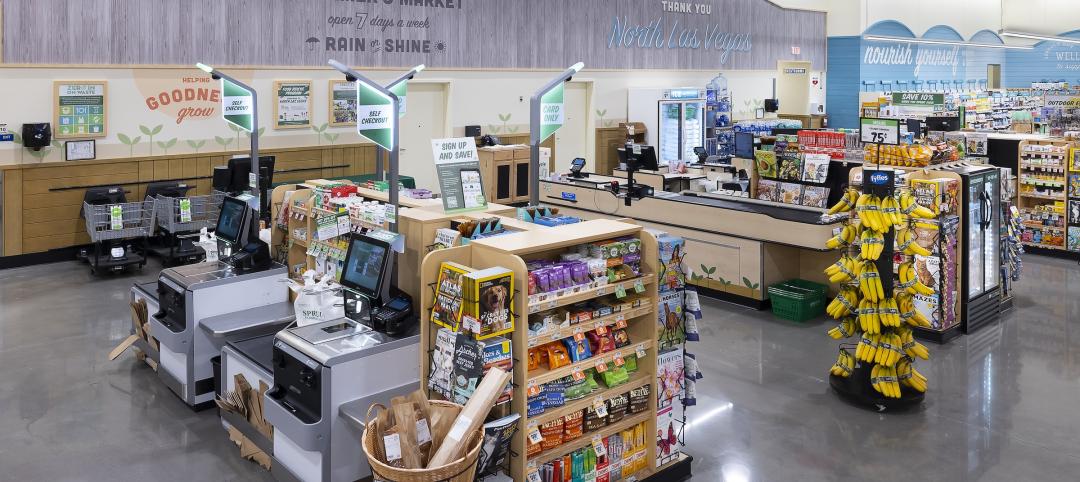In the face of the nation’s housing crisis, there has been a lot of talk about ground-up multifamily construction—and with good reason. The only way to solve the housing crisis is to add more housing.
With the rapid increase in new developments, owners of existing assets face increasing competition. As their assets age and the number of new developments increases seemingly day-by-day, developers will inevitably have to find a way to stay relevant.
In many cases, their best option is to reposition. Repositioning can allow owners of existing assets to keep up in the amenities arms race while saving money and reducing environmental impact versus razing their existing asset and building a new one from scratch.
Multifamily Amenities Arms Race
With the recent surge in multifamily competition, developers are constantly searching for ways to differentiate their communities to potential renters who are being lured by amenities and the promise of an extravagant lifestyle. These renters have come to desire and expect more than just a place to live. They want a resort-like environment with all of the conveniences that entails. This has kicked off an amenities arms race.
Multifamily developers have been outdoing themselves, adding evermore extraordinary amenities like fitness centers that blur the exterior and interior outfitted with all the latest fitness technology; work from home spaces; parcel pending lockers; dog parks and pet wash facilities; as well as roof terraces for hosting community events like movie nights and happy hours—all in an effort to promise residents the most exciting lifestyle.
For owners of existing assets that may only have a pool and a sparsely equipped fitness center, or no amenities at all, repositioning could be the key to staying relevant. For instance, at our most recently completed renovation project Vercanta in Newport Beach, Calif., we added a 1,400 SF “proscenium” building to increase curb appeal and serve as a leasing office with mail and package facilities, a new 2,500-sf airy and light-filled fitness center with state-of-the-art equipment, completely updated the landscape and hardscape as well as added a brand-new pool, pool deck, barbecue area and dog park.
In addition to full unit renovations, these new amenities took Vercanta from being one of the worst performing to one of the best performing multifamily communities in the area. The right amenities can make all the difference in a multifamily development’s competitiveness.
Economics
In addition to increasing an existing development’s competitiveness in the marketplace, repositioning can offer economic incentives and an increased ROI versus new construction. According to Spruce, an average build or rebuild can cost as much as 20% more than an existing structure. These cost savings can come from many areas. As the saying goes, “the most expensive parts of a building are the parts you don’t see,” such as the mechanical, electrical, and plumbing systems. In many cases these parts of the building can be reused. Even when they can’t be reused, these systems can be replaced with modern, more efficient systems that can contribute savings in the long run.
Additionally repositioning creates an opportunity for densification and increased unit count. Current regulations allow multifamily developers to create Accessory Dwelling Units on their property during renovations and supplement their unit counts up to 25%. This not only augments the bottom line for these communities, but can also be a small, but not inconsequential, contribution to decreasing the housing shortage.
Environmental
Lastly, the environmental benefits of repositioning an existing multifamily community cannot be ignored. The process of razing a building to construct a new one tends to have a greater environmental impact than repositioning. New construction is much more material intensive and creates more waste in addition to the waste from the demolition compared to strategically gutting only the parts that need to be upgraded.
New materials aren’t only costly. They also require extraction, packaging, and transportation which adds to the projects emissions while also causing more air, water, and noise pollution.
Beyond the construction process, repositioning provides the opportunity to upgrade from old, possibly obsolete, systems to new greener technology. This can lead to a diminished environmental impact for the community for years, possibly even decades, to come.
For multifamily community owners weathering a deluge of new competition, repositioning offers a way to keep up in the amenities arms race as well as economic incentives like densification opportunities and increased ROI—all while limiting the environmental impact of the construction process in comparison to ground-up development. For all of these reasons, these owners should consider strategic repositioning a very attractive option.
More from Author
Nadel Architecture + Planning | Sep 17, 2024
Thinking outside the big box (store)
For over a decade now, the talk of the mall industry has been largely focused on what developers can do to fill the voids left by a steady number of big box store closures. But what do you do when big box tenants stay put?
Nadel Architecture + Planning | Aug 15, 2024
The magic of L.A.’s Melrose Mile
Great streets are generally not initially curated or willed into being. Rather, they emerge organically from unintentional synergies of commercial, business, cultural and economic drivers. L.A.’s Melrose Avenue is a prime example.
Nadel Architecture + Planning | Jun 14, 2024
AEC inspections are the key to financially viable office to residential adaptive reuse projects
About a year ago our industry was abuzz with an idea that seemed like a one-shot miracle cure for both the shockingly high rate of office vacancies and the worsening housing shortage. The seemingly simple idea of converting empty office buildings to multifamily residential seemed like an easy and elegant solution. However, in the intervening months we’ve seen only a handful of these conversions, despite near universal enthusiasm for the concept.
Nadel Architecture + Planning | Mar 7, 2024
How shopping centers can foster strong community connections
In today's retail landscape, shopping centers are evolving beyond mere shopping destinations to become vibrant hubs of community life. Here are three strategies from Nadel Architecture + Planning for creating strong local connections.
Nadel Architecture + Planning | Feb 6, 2024
The future of grocery store design: It may be time for the checkout aisle to check out
For grocers, the checkout aisle is one of the greatest sources of customer complaints and shrink, which directly affects their bottom line.
Nadel Architecture + Planning | Nov 15, 2023
Should retail developers avoid high crime areas?
For retailers resolute to operating in high crime areas, design elements exist to mitigate losses and potentially deter criminal behavior.
Nadel Architecture + Planning | Aug 22, 2023
The mall of the future
There are three critical aspects of mall design that, through evolution, have proven to be instrumental in the staying power of a retail destination: parking, planning, and customer experience. This are crucial to the mall of the future.
Nadel Architecture + Planning | Jul 11, 2023
Converting downtown office into multifamily residential: Let’s stop and think about this
Is the office-to-residential conversion really what’s best for our downtowns from a cultural, urban, economic perspective? Or is this silver bullet really a poison pill?















